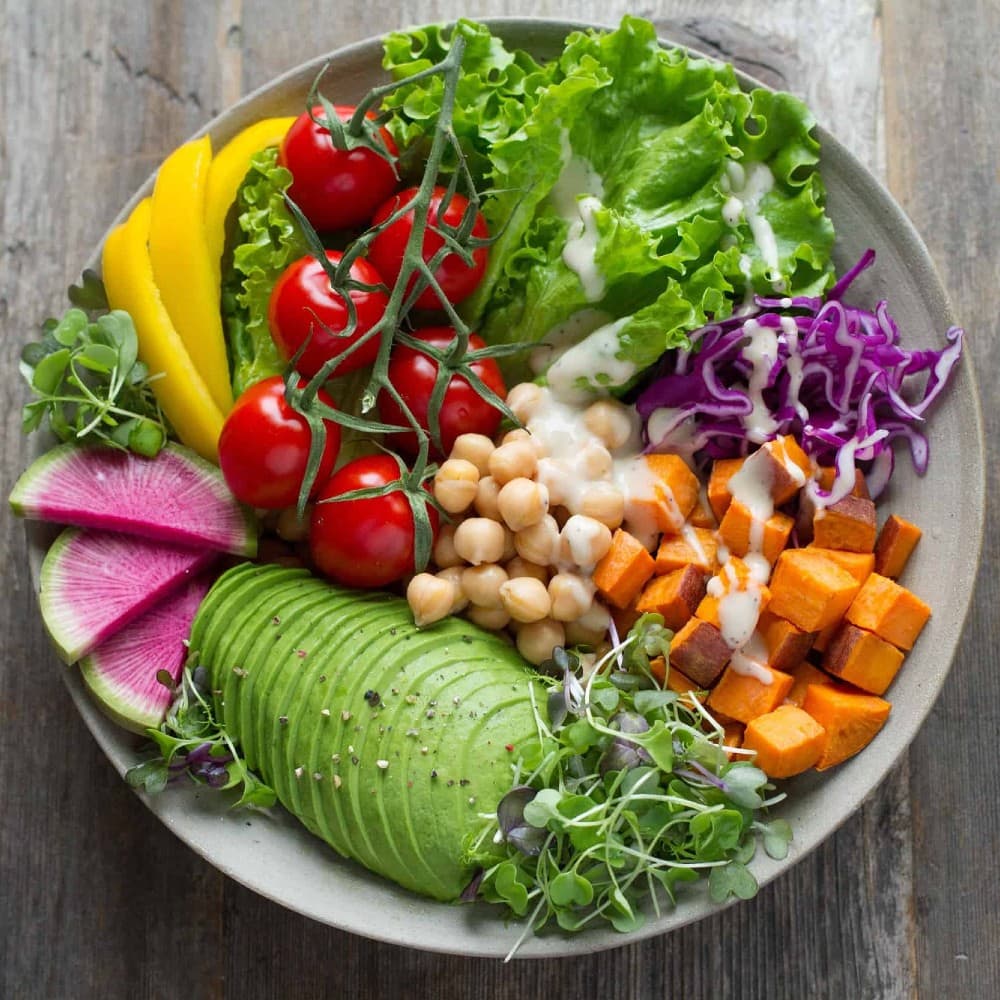
Clean eating and following an anti-inflammatory diet have become popular topics concerning nutrition and health. While the exact definitions may vary, the underlying principles focus on consuming minimally processed foods and reducing inflammation in the body. Here are a few key points to help you understand and incorporate these concepts into your lifestyle.
Prioritizing Foods without Labels
Choosing foods that don’t require labels is a fundamental aspect of clean eating. These unprocessed foods are rich in nutrients and provide numerous health benefits, including combating inflammation. When selecting minimally processed foods with labels, always try to avoid artificial additives, excessive sodium, trans-fats, and added sugars.
Filling Up on Fiber
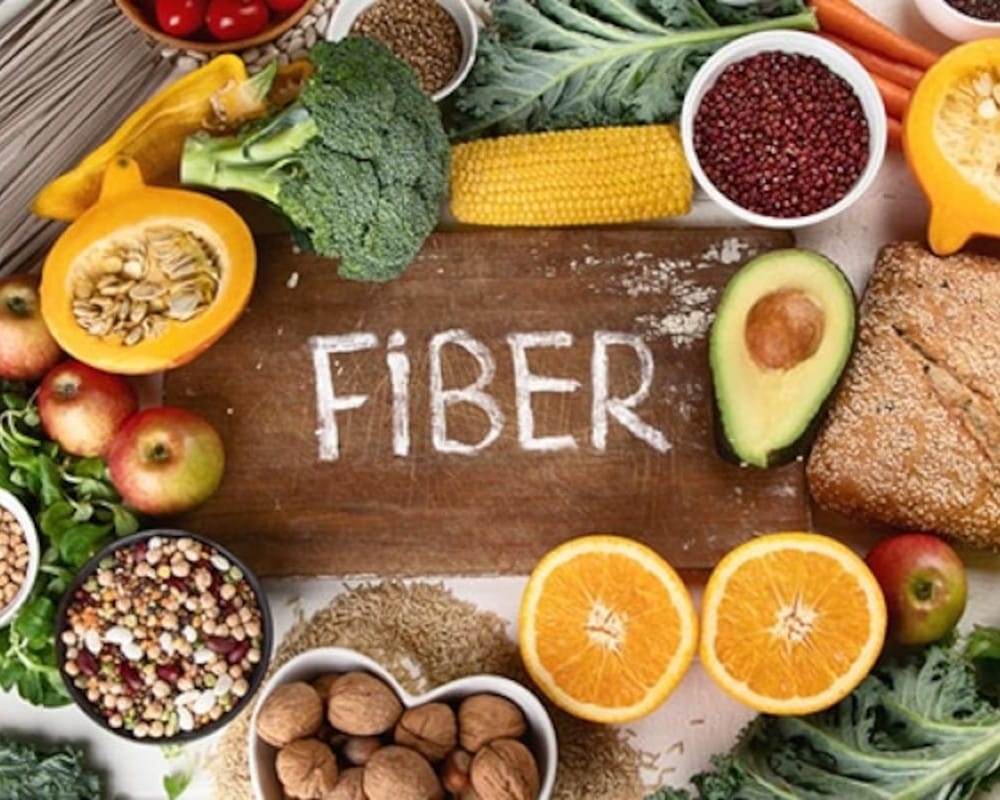
Fiber, found only in plant-based foods, is essential for a healthy diet. However, most people fall short of the recommended daily intake. Increasing your fiber intake helps reduce inflammation and supports a healthy gut. Aim for 30-40 grams of fiber per day by incorporating whole grains, fruits, vegetables, and legumes into your meals.
Keeping Tabs on Added Sugar
Added sugars can contribute to inflammation and various other chronic diseases. Be mindful of foods with added sugars, and aim to limit your daily intake of sugar. Read food labels and choose products with minimal added sugars. Use natural sweeteners like fruits or mashed bananas instead of refined sugar when preparing meals and baked goods.
Skipping the Salt
Excessive salt consumption leads to high blood pressure and inflammation. Check food labels for sodium content and try to consume whole, unprocessed foods that naturally contain less salt. Try to enhance the flavor of your regular meals with different herbs, spices, vinegar, lime juice, or salt-free seasoning blends.
Going Organic
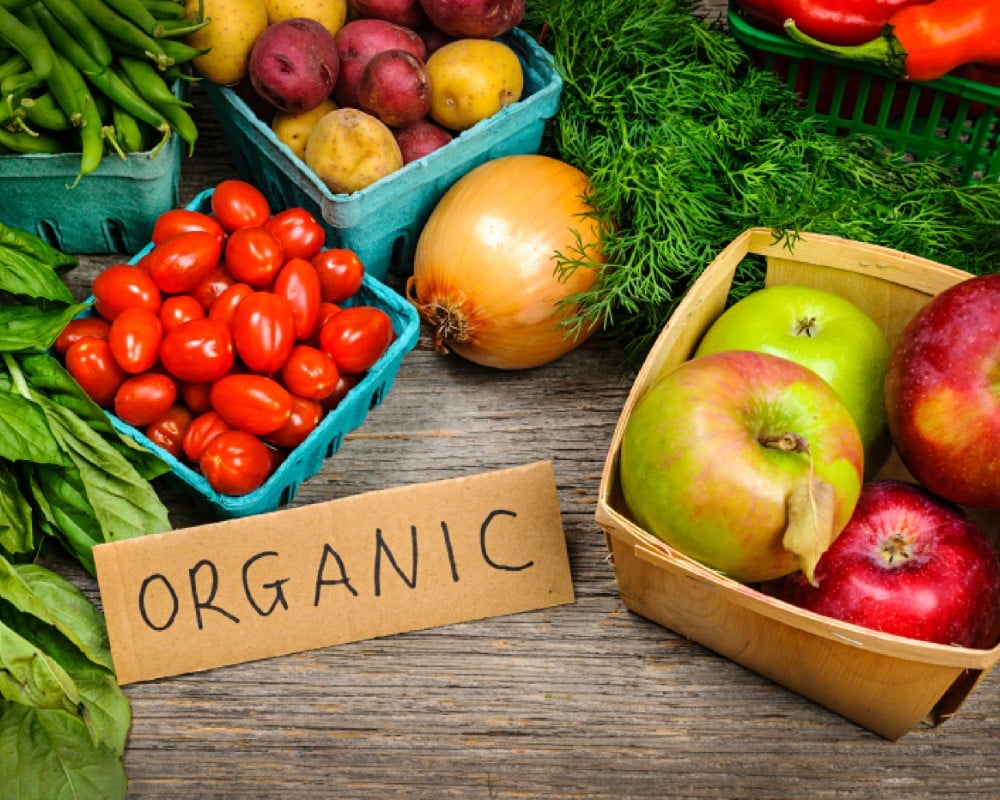
Organic foods have gained popularity due to their potential health and environmental benefits. While research suggests that certain pesticides used in conventional farming may contribute to inflammation, the extent of their impact remains uncertain. If feasible, choose organic produce for items like leafy greens and strawberries, which tend to have higher pesticide residue.
Getting Smart about GMOs
Genetically modified organisms (GMOs) can be found in some common food products, primarily soy, corn, papaya, and cassava, as well as in additives, preservatives, and flavorings. Although controversial, some studies have linked GMOs to inflammation and other health issues.
Rethinking Meat
While meat can be a source of nutrients, it may also contribute to inflammation. Consider substituting meat with plant-based proteins, such as legumes, to benefit from the fiber and phytonutrients found in plants. If you want to consume meat, opt for lean options and limit your intake of saturated fats.
Top 5 Simple and Delicious Take-To-Work Lunch Ideas
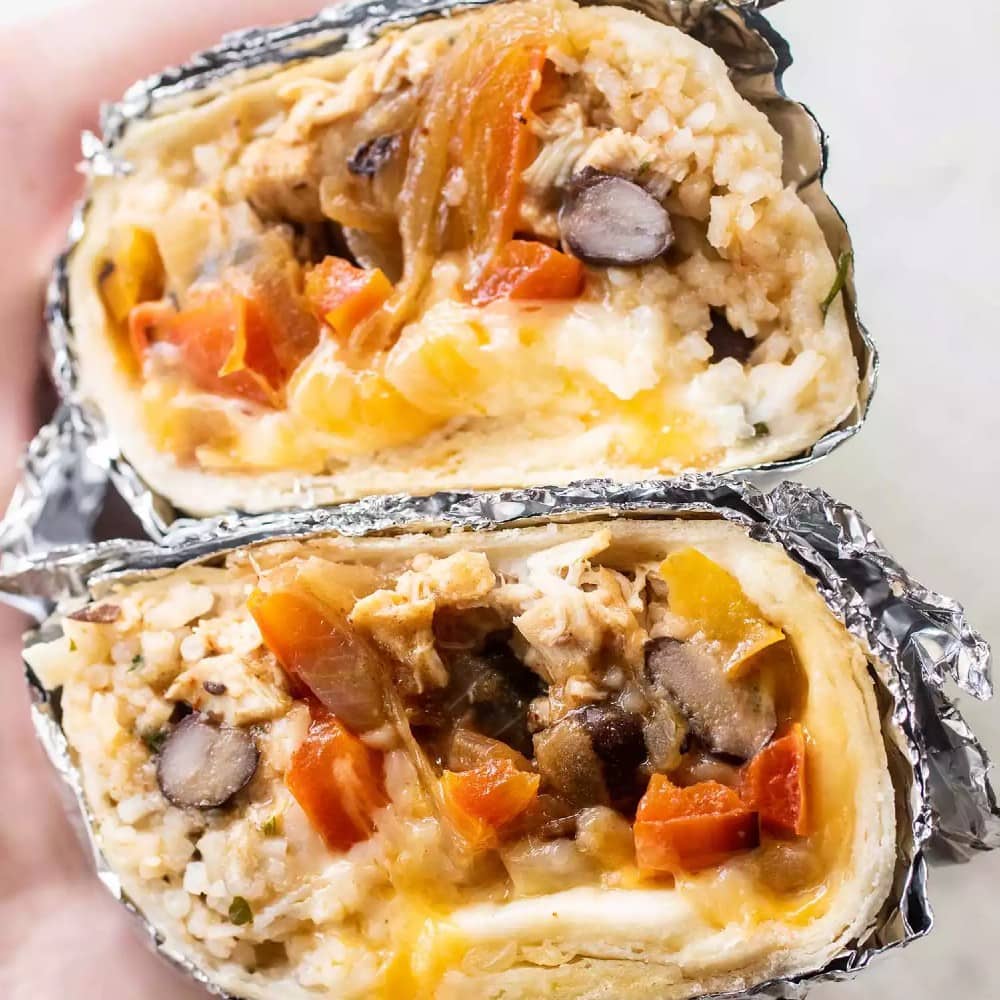
A pre-made, ready-to-go lunch is a lifesaver on busy office days. But not every meal is equal in prepping, packing, and reheating. Here are a few office lunch recipe ideas, full of storable, hearty, and flavorful ingredients, easy to come together, easy to pack, and more enjoyable to eat.
Cobb Salad
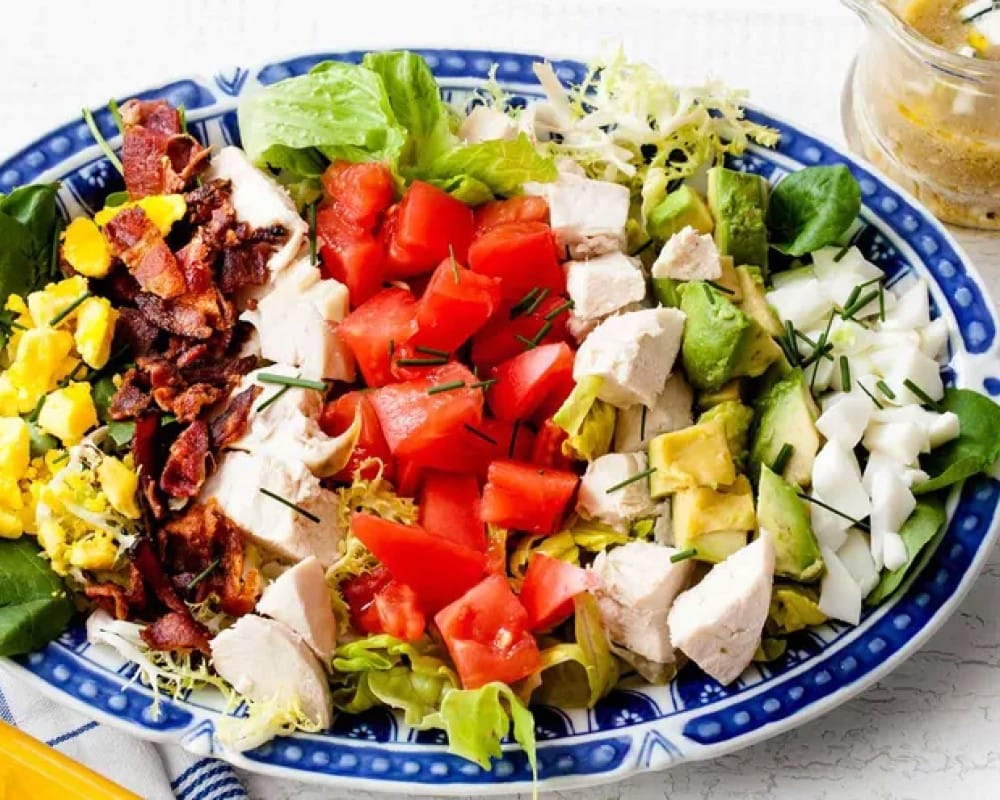
Full of hearty and healthy ingredients, this salad holds up its flavor well while stored in the refrigerator. Layer the ingredients side by side in a meal-prep container or stack everything in a jar. Drizzle the lemon juice or add the diced avocado the day you’ll eat it to prevent the salad from browning. You can also swap the avocado with chunky guacamole to add an extra oomph to your salad. Also, carry the dressing separately and dress the salad only when you’re ready to eat your lunch at the office.
Rotini with Kale and Walnut Pesto
This simple pasta salad recipe is another versatile one, bursting with the rich flavor of kale and basil pesto. You can eat it just as it is or choose from a range of add-ins. White beans, chickpeas, grilled cauliflower steaks, chunks of albacore tuna, and grilled chicken are just a few selections to get you started. Carry the roughly chopped walnuts separately and sprinkle them as toppings right before you eat, to enjoy the fresh crunch instead of soggy bites. Also, you can heat it while having lunch or simply enjoy it as a cold dish.
Homemade Cup Noodles

This make-ahead portable lunch is immensely versatile and purely magical! Layer cooked noodles or cold glass noodles and your favorite greens and proteins in a jar. When you’re ready to eat, pour in hot water and instantly transform the meal into a flavorful noodle-in-a-jar. There is a range of ways you can customize this recipe. You can take any route you wish, like all-veg, protein-packed, gluten-free, or vegan. So, bring new ideas on board and keep your regular office lunch constantly evolving and exciting.
Freezer Chicken Burritos
Burritos are another incredibly versatile packed lunch with the advantage of safely stocking the tortillas in your freezer for three to six months. This makes this flavorful, nutritious meal an easy grab-and-go option, especially when you don’t have the time to prepare your office meal the day before. Just reheat it correctly before lunch, and you’re ready to go. Keep the filling mix exciting with lots of protein like chicken and beans, a fresh crunch of veggies like onions and peppers, and some flavorful starch like cilantro rice to soak up any extra liquid.
Chicken Lettuce Wraps
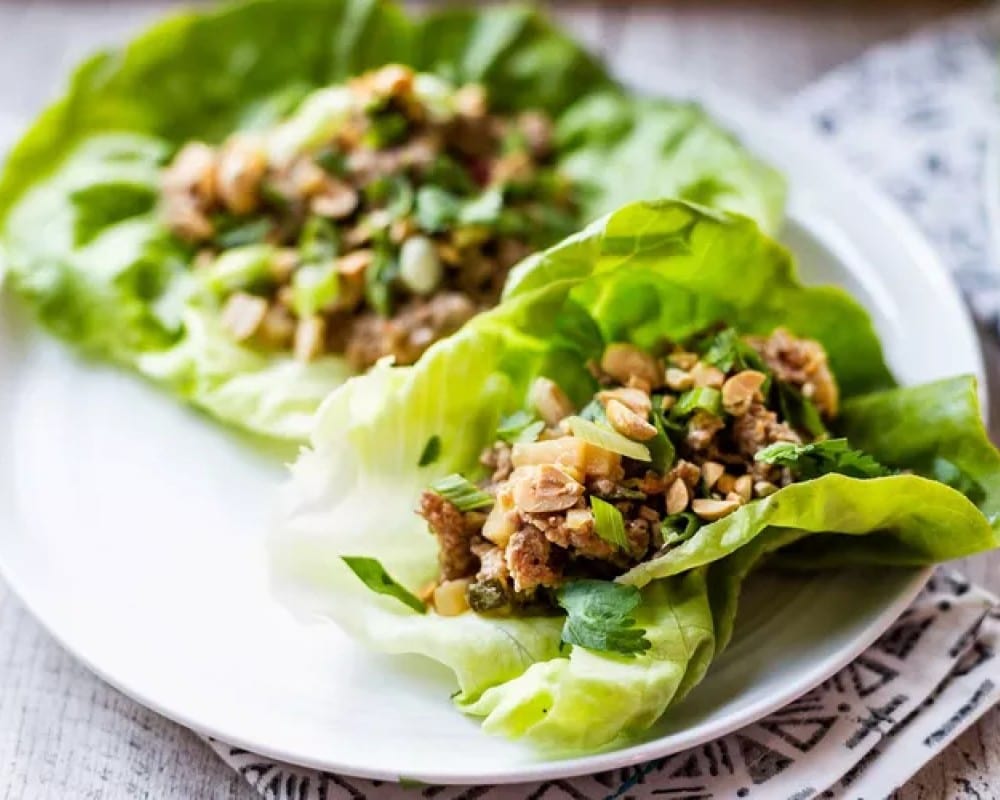
Bringing lettuce wraps to the office for lunch requires careful storage. Make the filling before and store it in a microwave-safe container. This way, you can heat it up before lunch or enjoy it cold if you’re feeling lazy! But you’ll have the option, nevertheless! The lettuce leaves need to be stored more carefully. Rinse and dry the leaves and then wrap them in double layers with paper towels and plastic wraps before putting them in the freezer. Assemble your meal when you’re ready to eat.